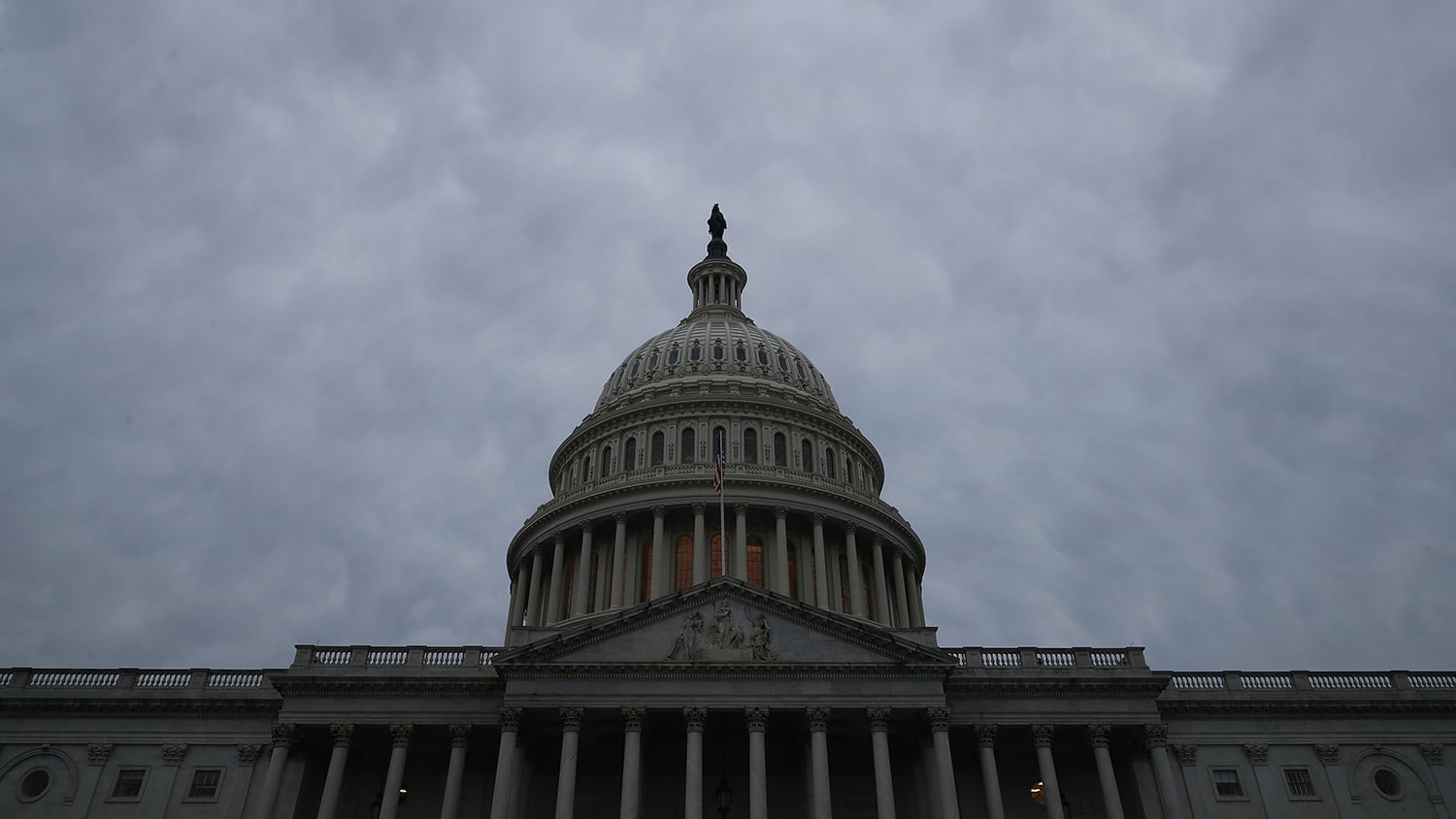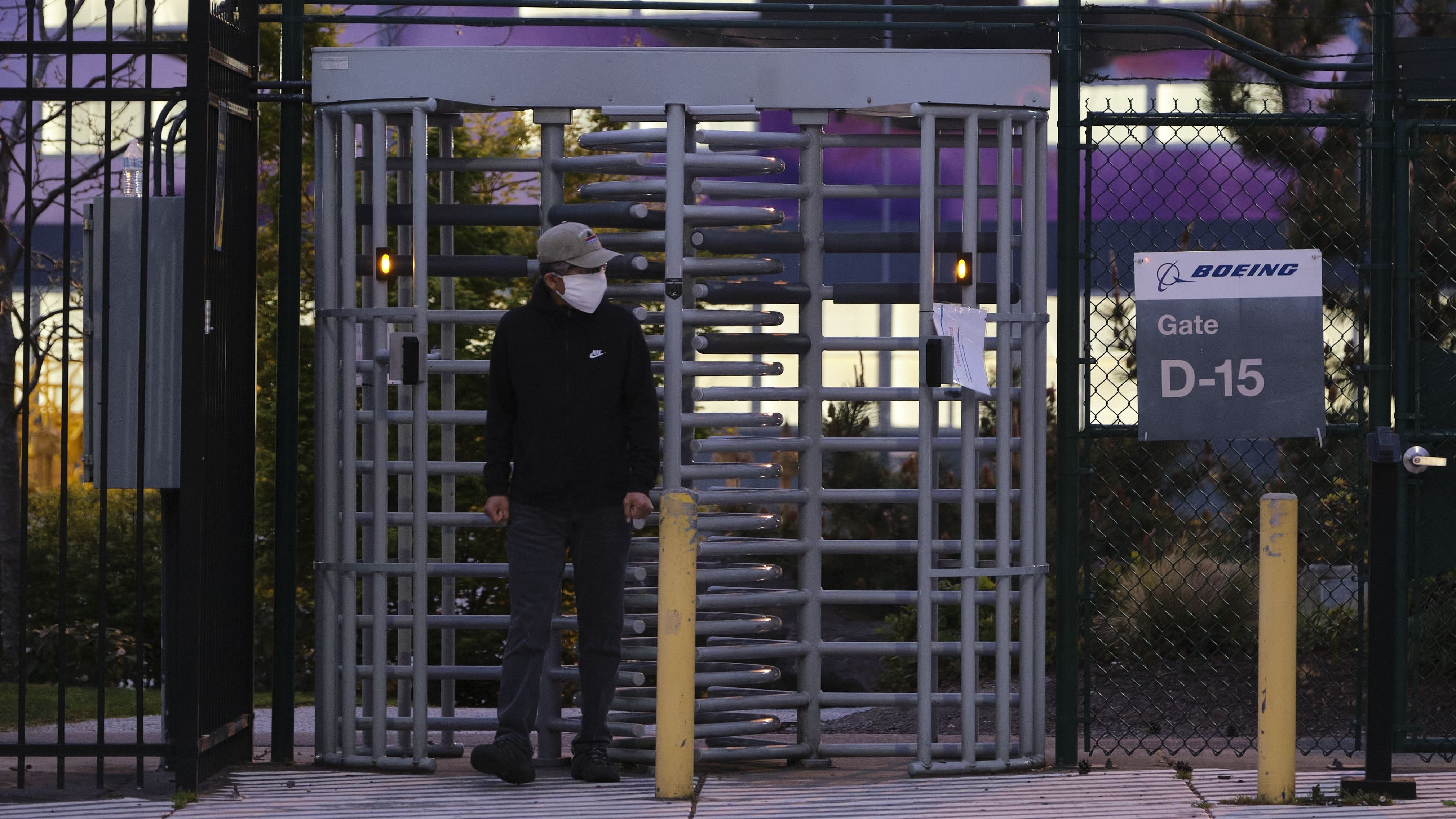WASHINGTON ― It’s been seven weeks since Pentagon officials first pledged to ask Congress for billions of dollars in the next stimulus package to help defense contractors affected by the coronavirus pandemic, but the request remains in limbo.
Though the pandemic, according to Department of Defense officials, has been hitting space-launch companies as well as the aviation and shipbuilding supply chains, the Trump administration appears to have sidelined a request to provide more financial support. Such support would supplement $688 million for the defense-industrial base that the DoD previously earmarked as part of the $10.5 billion it got from the coronavirus relief fund created under the CARES Act.
New friction between Congress and the Trump administration over the latter’s use of the military to respond to nationwide protests as well as its slow use of past stimulus funds likely spell headwinds for another tranche of aid, observers say.
“First question will be whether there will ever be another stimulus, given current animosity between the Hill and administration,” said Bill Greenwalt, a defense consultant who was a senior defense acquisitions official in the George W. Bush administration.
Undersecretary of Defense for Acquisition and Sustainment Ellen Lord said April 20 that the DoD plans to ask for “billions and billions” in a new package to help Pentagon suppliers, pending approval from the White House Office of Management and Budget. Lawmakers will have a chance to ask what that request would contain and about the health of the defense-industrial base when she testifies before the House Armed Services Committee on Wednesday.
Defense Secretary Mark Esper said at a public event May 4 that he anticipated “the likely need for additional monies” for medical supplies and “to continue priming the defense-industrial base.”
“We want people at work, we want our base at work, we want to continue with payments, we want to help with cash flow, and we’re looking at a variety of ways by which we can do that. Again, it’s very important,” he said.
By that time, the Pentagon had submitted the request to OMB, where it has since stalled, according to two congressional aides.
RELATED

The DoD, in close contact with industry, has projected a three-month slowdown for top weapons programs and sought to make $3 billion in expedited “progress payments" to increase cash flow to primary contractors and more vulnerable, smaller subcontractors. Pandemic-related closures and other disruptions are expected to mean some number of weapons programs will also cost more and arrive later than initially anticipated.
“There is no doubt there will be an impact on cost and schedule of DoD programs when the vast majority of people are not going to work,” Greenwalt said. “Then you have the issues of disruption of supply chains and actual closed lines due to the virus.”
Meanwhile, Congress is split over how next to address economic and health care crises created by the pandemic. Senate Majority Leader Mitch McConnell, R-Ky., wants to measure the impact of past tranches before taking up more funding, saying there are no plans to advance a stimulus bill before the two-week recess begins July 3. He and President Donald Trump were still discussing last week how to fashion the next economic stimulus bill.
A stronger-than-expected jobs report could further scramble an already uncertain picture for passing a fifth and possibly final coronavirus aid bill. The positive statistics are feeding the wait-and-see approach of the White House and its GOP allies in Congress.
It’s also unclear how Congress will be predisposed to a request for more defense funding after it was disclosed last month that the Pentagon has so far placed on contract only 23 percent of the $10.5 billion it was afforded by the CARES Act. The DoD responded to lawmaker concerns with its spending plan for the aid, which prioritized suppliers of aircraft engine parts, shipbuilding, electronics and space launch.
House Armed Services Committee Chairman Adam Smith, D-Wash., said in April that Congress ought to forgo a spending boost for the DoD in COVID-19 aid packages, as public health needs were more pressing. Along similar lines, more than two dozen House Democrats wrote Smith to say defense spending for 2021 should be lower than 2020’s $738 billion top line, and that COVID-19 aid should be increased.
For its part, the National Defense Industrial Association has called for a supplemental defense spending bill to cover the military’s pandemic-related costs.
RELATED

It remains to be seen whether the massive fiscal 2021 National Defense Authorization Act will emerge as a potential vehicle for the aid. The Senate Armed Services Committee was this week occupied with the markup of its version of the bill, and the House Armed Services Committee expects to take up its version in late June and early July.
“Pentagon leaders are going to be climbing uphill on this request generally given that the GOP is souring on any more stimulus at all,” said Mackenzie Eaglen, a defense budget analyst with the American Enterprise Institute. “Not a party-wide belief yet by any means, but there was already a desire to move on, and the focus now is on the protests and NDAA markup.”
Though the Pentagon’s request isn’t public, Eaglen said it was initially based on the armed services’ lists of items left unfunded in Trump’s FY21 budget request, which are heavy with procurement programs. Eaglen suggested the administration would do better to find savings within the DoD’s own budget.
“I think it will be important for DoD not to look tone-deaf,” Eaglen said. “There will be excess readiness and other funds that should go to stimulus priorities first and then, if there is any gap, Congress can plug it from there.”
The Associated Press contributed to this report.
Joe Gould was the senior Pentagon reporter for Defense News, covering the intersection of national security policy, politics and the defense industry. He had previously served as Congress reporter.








